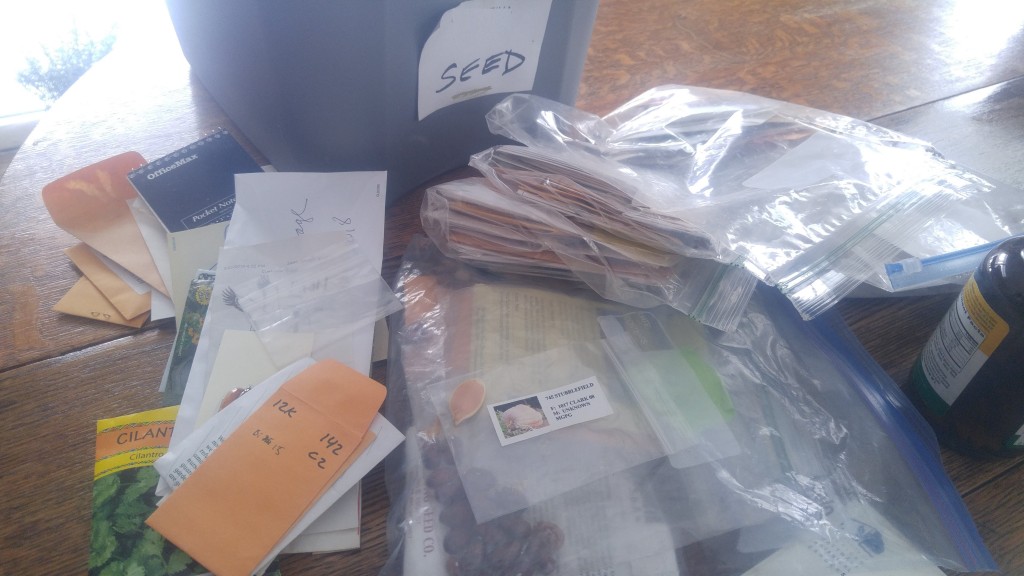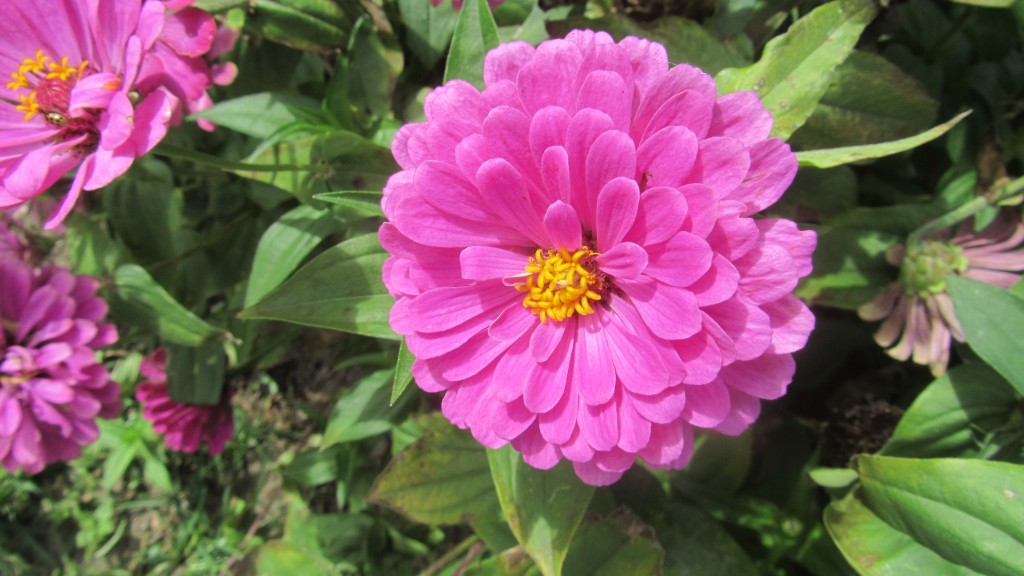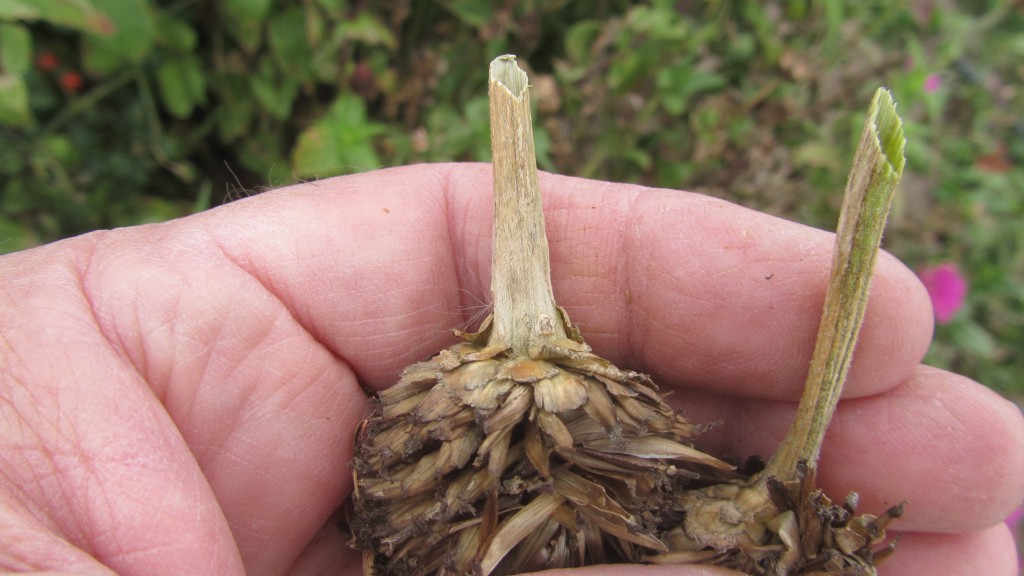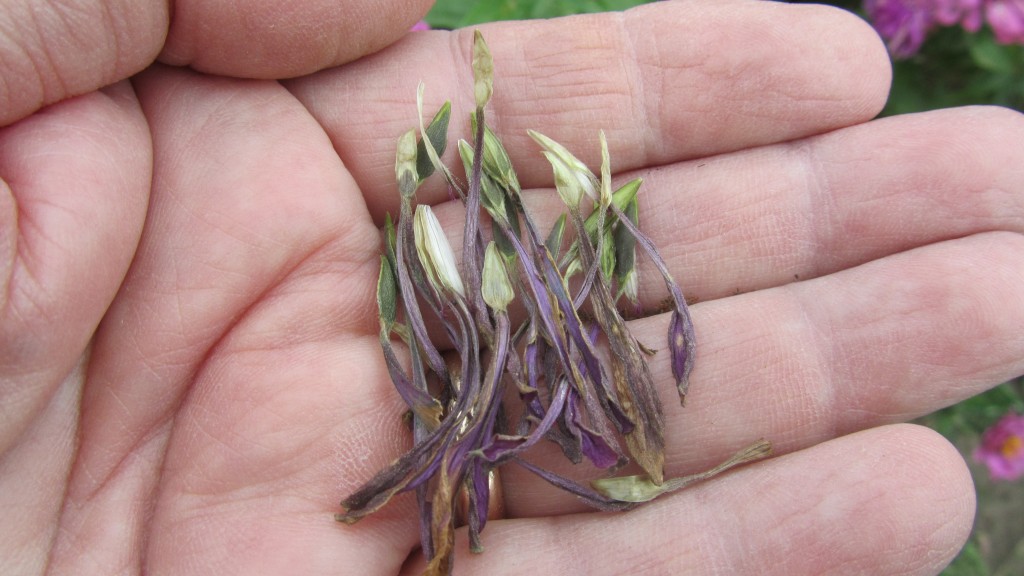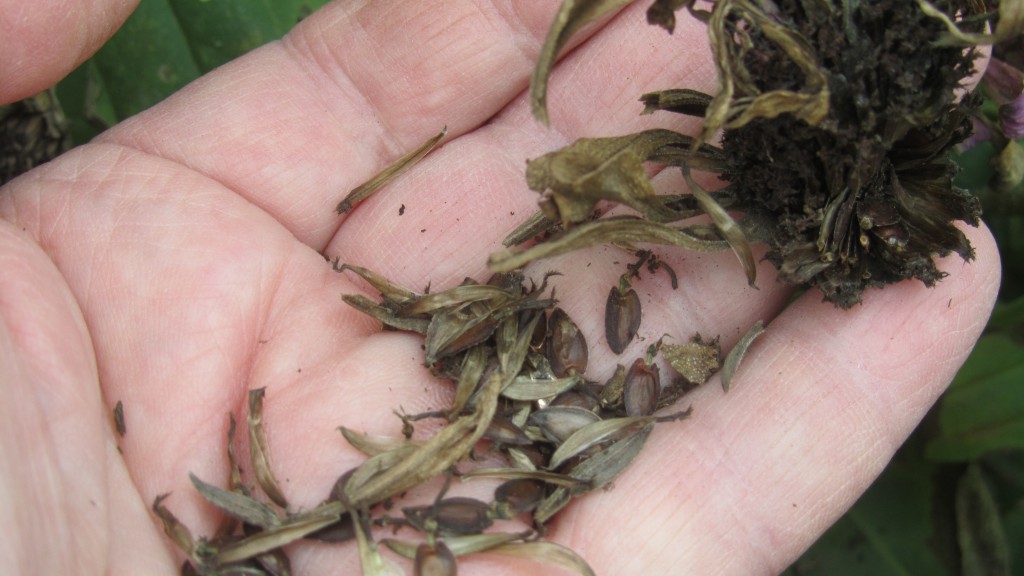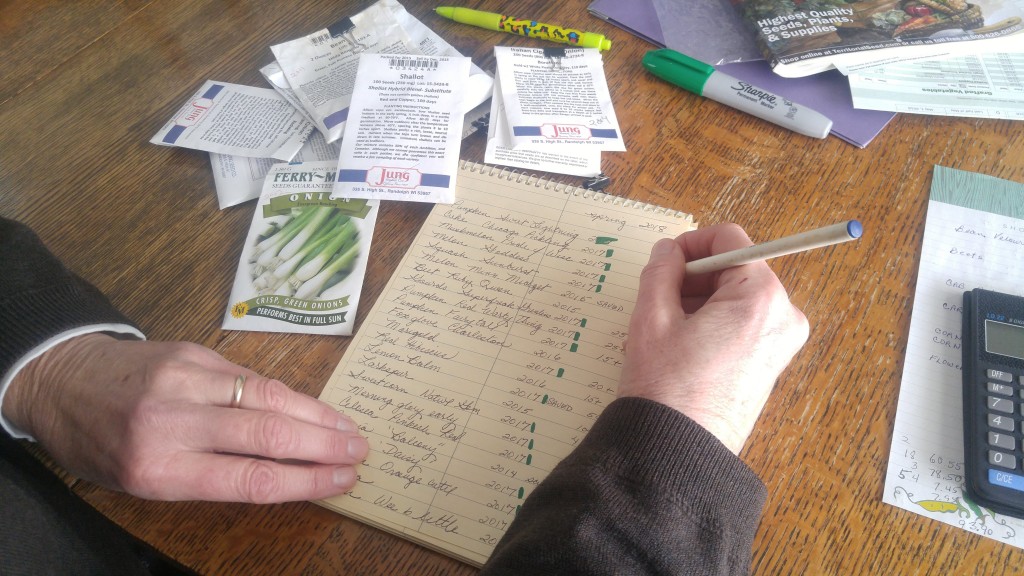This is the time of year I drag out all of my old seeds from last year and years before that. I always like to take inventory to see what I’ve got on hand before I order anything. We’re in the middle of winter and not all of the seed catalogs have arrived yet.
You would think that after all these years I would have come up with a better system for keeping track of my seeds since I have dozens of different varieties. You know maybe a spreadsheet, color-coded vials, a numbering system things like that, but I don’t.
Seeds don’t last forever. In rare cases however, seeds can germinate after decades or even centuries. One famous example is a Judean date palm seed that germinated and grew after 2000 years. Seeds that we use in the home garden typically last just a few years unless special steps are taken to preserve them. If they’re in an unopened, original envelop, they’ll have a better chance of remaining viable for longer periods of time. That’s the principle behind the survival seed kits that are sold on line.
Seeds that are kept dry and in a cool place fare better than those that are exposed to moisture or heat. Located above the Arctic Circle on a remote island, the Svalbard Global Seed Vault takes seed saving to the extreme and is able to store seeds from around the world for expended periods of time. Home gardeners on the other hand, can only do so much. Most of the time we seal up our seeds the best we can and keep try to them away from temperature extremes.
Here’s a chart I put together a while back that you can refer to when deciding whether or not to keep a particular type of seed. I’ve only included the more commonly planted food crops. This assumes that seeds are kept under typical conditions found in a home. Clip it out and save with your seeds.
SEED VIABILITY CHART
| Five years | Four years | Three years | Two years | One year |
| Broccoli | Beets | Beans | Chives | Onion* |
| Brussels Sprouts | Squash, winter | Leek | Corn | Parsley* |
| Cabbage | Squash, summer | Lima beans | Okra | Parsnip* |
| Cauliflower | Swiss chard | Peas | Pepper | Peanut* |
| Celery | Tomato | Soybean (Edamame) | Popcorn† † may lose viability after one year | * may retain viability for two years |
| Cucumber | ||||
| Eggplant | ||||
| Kale | ||||
| Lettuce | ||||
| Muskmelon | ||||
| Pumpkin | ||||
| Radish | ||||
| Rutabaga | ||||
| Spinach | ||||
| Turnip | ||||
| Watermelon |
Many people believe that the larger the seed is the longer it will stay viable. Looking at the chart you can see that seed size is not a factor. Compare corn which are large seeds with celery seeds that are quite small. Corn can be stored only for two years before it loses viability while celery lasts five years.
Bob
